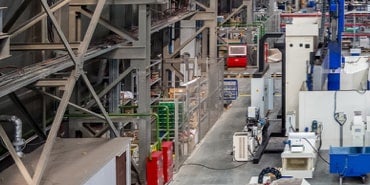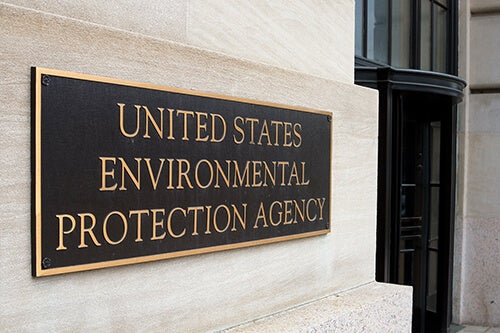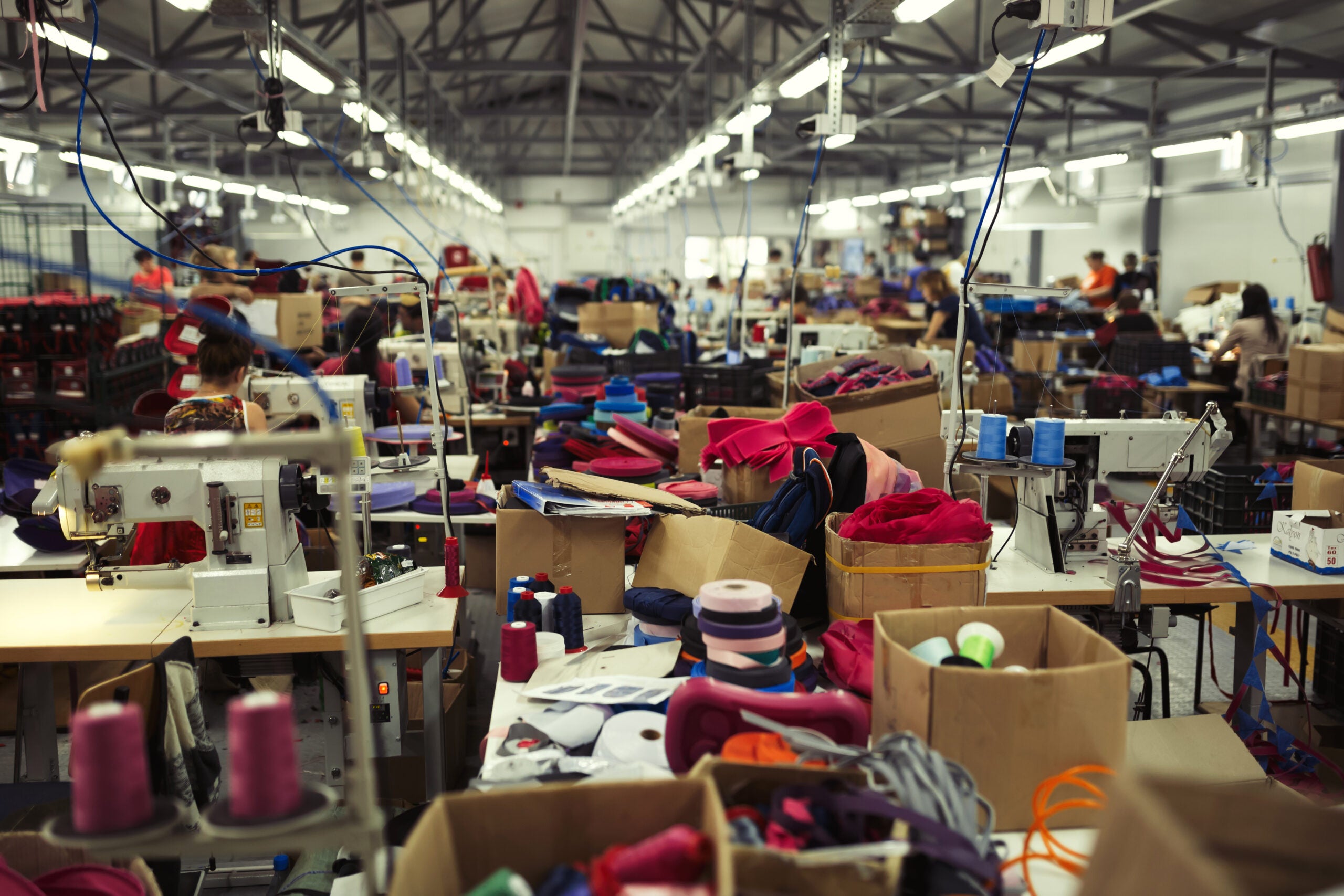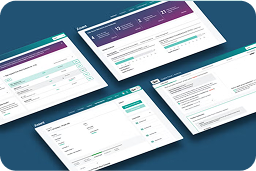Canada has passed new legislation, Bill S-211, the Fighting Against Forced Labour and Child Labour in Supply Chains Act, continuing North America’s momentum toward eradicating goods made with forced labor and child labor from the market.
The passage of this act introduces new due diligence reporting requirements for businesses manufacturing goods in Canada or importing goods into Canada, and signals yet another reason for Canadian and American organizations to establish a supply chain sustainability program. Not only does this act impose new compliance obligations for companies, but it also reinforces the need for companies to pursue supply chain transparency. Interestingly, this act is not meant to be seen as Canada’s final say or forced labor and child labor in supply chains; rather it should be viewed as the beginning. The Canadian government announced during the passage of the act, that it intends to introduce additional, stronger anti-forced labor legislation in 2024, which will effectively deny market access to goods suspected of being made with forced labor, much as the U.S.’s Uyghur Forced Labor Prevention Act (UFLPA) currently does.
The current act shares some similarities with the UK Modern Slavery Act and the Australian Modern Slavery Act. Unlike those other regulations, however, non-compliance with this act carries a financial penalty, in the form of a fine against the company and any director, officer, or agent who directed, authorized, assented to, acquiesced in, or participated in the commission of an offense under the act. Companies in scope of the act are required to file and post a Supply Chain Risk Report by May 31 each year that publicly discloses steps the company has taken to identify and reduce the risks of forced or child labor being used at any step of its supply chain. The first reports are due on May 31, 2024.
Contents of the report must be posted on the company’s website and the data will be publicly available on an electronic register maintained by the federal government. This includes disclosures about:
- Its structure, activities, and supply chains
- Its policies and its due diligence processes in relation to forced labour and child labour
- The parts of its business and supply chains that carry a risk of forced labour or child labour being used and the steps it has taken to assess and manage that risk
- Any measures taken to remediate any forced labour or child labour
- Any measures taken to remediate the loss of income to the most vulnerable families that results from any measure taken to eliminate the use of forced labour or child labour in its activities and supply chains
- The training provided to employees on forced labour and child labour
- How the Reporting Entity assesses its effectiveness in ensuring that forced labour and child labour are not being used in its business and supply chains
These obligations will apply to thousands of companies, including many U.S.-based companies, which serve the Canadian market. You can read the full text of the bill, including more details about requirements and which businesses are affected, on the Parliament of Canada website.
To collect most of this information, manufacturers will need to have a supply chain environmental, social, and governance (ESG) system in place to survey suppliers about labor practices and see deeper into their forced labor risks. The Assent supply chain ESG solution lets you send automated supplier outreach about ESG topics, including supply chain forced labor risks, and helps you score suppliers so you can identify and mitigate ESG risks.
Aligned & Streamlined Forced Labor Laws
The United States-Mexico-Canada Agreement (USMCA), which replaced the North American Free Trade Agreement (NAFTA), requires all signatories to take action to ban forced labor. This act is one more step toward Canada complying with its obligations under the USMCA. The act also modifies the Customs Tariff Act to prohibit imports produced by forced labor. In addition, this act moves Canada toward alignment with the UFLPA, which establishes a rebuttable presumption that any goods coming from the Xinjiang Uyghur Autonomous Region (XUAR) of China is made with forced labor. The act requires Canadian businesses to look into their supply chains for risks, and the 2024 legislation is expected to require further action, more in line with the UFLPA.
There is also overlap with Mexico’s Forced Labor Regulation, which came into force May 18, 2023, and other global modern slavery regulations, like those coming out of the EU. By having a comprehensive and standardized methodology for supply chain ESG, manufacturers can more effectively meet the requirements for several global human rights regulations.
Companies Should Think & Act Proactively
This act is yet another indication of the fact that forced labor due diligence has become a top compliance issue for companies. Its passage is indicative of the broader regulatory trend requiring manufacturers around the world to conduct robust due diligence with regard to forced labor, particularly in North America and the EU. The onus is increasingly on manufacturers to demonstrate that forced labor is not occurring within their operations or supply chains. Their ability to access new markets increasingly hinges on having effective ESG risk management programs that collect the supply chain data needed for compliance with anti-forced labor regulations.
As manufacturers in the solar and PVC flooring industries have discovered since the UFLPA went into force, it can take months to collect labor data from suppliers. For businesses that don’t already have a supply chain program in place, there will be significant risk of disruptions and goods being detained or rejected at the border. Canada’s anti-forced labor and child labor act comes into effect on January 1, 2024, which gives affected manufacturers only months to establish a program, identify forced labor and child labor risks, and submit a disclosure. Included in that timeline are any activities required to address uncovered forced labor risks, such as onboarding new suppliers and remediation measures. Manufacturers that act now will have a clear advantage in avoiding the market access disruptions that go hand-in-hand with new supply chain requirements.
To learn how to identify forced and child labor risks in your supply chain, download Assent’s guide, Uncovering Hidden ESG Risks in Your Supply Chain. You’ll learn how to:
- Proactively detect and manage complex ESG risks, like forced labor in your supply chain
- Address gaps in your data to ensure your claims are defensible
- Use surveys and supplier screening to catch hidden risks









